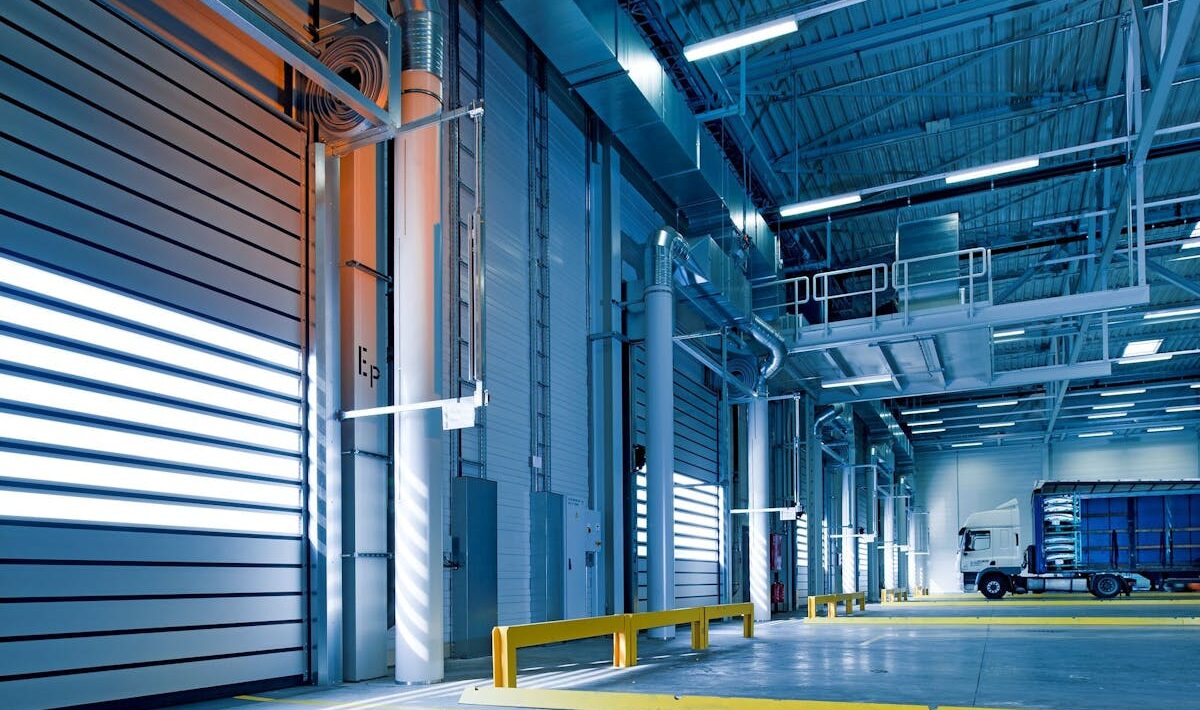It is a model that integrates advanced technology with social purpose, reinforcing the human role in the digital age.
In this blog, you’ll understand what differentiates Industry 5.0 from previous revolutions, what technologies it involves, the impacts on companies and workers, and the challenges of adopting it in a practical and strategic way.
What is Industry 5.0?
The term Industry 5.0 emerged as an evolution of the previous model, which was based on automation and connectivity. Now, the focus is on collaboration between humans and intelligent machines. This means more adaptable, personalized production, guided by values such as sustainability and well-being.
More than efficiency, what we seek is purpose . The proposal is to use technology to enhance the human role, not replace it. The European Union has formalized this vision in official documents, recognizing that industrial growth must consider environmental impact, diversity , and inclusion.
In practice, this changes the factory’s logic. Collaborative robots now work side by side with operators. Data analysis not only helps predict failures but also makes decisions more aligned with local contexts and real needs.
Industry 5.0 represents a shift in mindset: from automation for automation’s sake to automation with meaning.
Pillars and technologies involved
Industry 5.0 doesn’t propose disruption, but rather a strategic advancement on what has already been built in Industry 4.0. What changes is the intention: technology ceases to be the end and becomes the means to generate social, environmental, and human value.
Among the central pillars of this approach are:
- Human-machine collaboration : robots no longer operate in isolation and begin working alongside professionals, focusing on safety, agility, and precision.
- Customization at scale : products are no longer standardized and can now be customized according to the customer’s needs, without losing production efficiency.
- Sustainability integrated into the process : clean energy, material reuse, and the circular economy are no longer just differentiators, they are now part of the strategy.
To make this possible, some technologies become indispensable:
- Cobots (collaborative robots) : work closely with operators and adapt to complex activities with flexibility.
- Internet of Things (IoT) and edge computing : connect sensors, machines and systems, generating data in real time with greater local autonomy.
- Digital Twins : simulate physical processes in virtual environments, allowing testing and adjustments without real risks.
- Augmented and mixed reality (XR) : training, maintenance and design gain new possibilities with immersive visualizations.
- Industrial cybersecurity : protecting data and connected operations becomes a priority in increasingly integrated environments.
Industry 5.0 does not depend on a single technology, but on the articulation between them, always focusing on a clear objective: putting intelligence at the service of people.
Advantages of Industry 5.0
By placing humans at the center of industrial innovation, Industry 5.0 opens up space for gains that go beyond productivity .
Companies begin to operate with greater adaptability, while workers find an environment that values their creative and analytical skills.
For companies, the main benefits are:
- Production flexibility : more adjustable processes allow for quick responses to changes in demand or the market.
- Waste reduction : with data-driven decisions and optimized processes, resource use is more efficient.
- Customization with scale : it becomes feasible to meet specific needs without significantly increasing production costs.
- Improved institutional image : sustainable practices and a focus on well-being strengthen the brand in the eyes of consumers and investors.
For workers, the impacts are also significant:
- More strategic action : with the automation of repetitive tasks, the focus shifts to problem-solving, creativity, and decision-making.
- Safer environments : working together with smart machines reduces exposure to risks and improves ergonomic conditions.
- Valuing soft skills : communication , adaptability and critical thinking become core competencies in the new model.
Industry 5.0 is, at the same time, an opportunity for competitive differentiation and advancement in social responsibility.
Challenges and how to prepare
Among the main challenges, the following stand out:
- Implementation cost : Technological modernization and human training involve significant resources.
- Integration with legacy systems : many industries still operate with technologies that do not communicate with 5.0 solutions.
- Resistance to change : transforming production and management logic generates uncertainty among leaders and teams.
- Cybersecurity : Connected environments require robust protocols to protect data and operations.
To move forward in a structured way, some actions make a difference:
- Mapping processes and technological gaps : understanding where the bottlenecks are helps direct investment more accurately.
- Reskill teams : Training must go beyond technical skills and include digital, analytical, and interpersonal skills.
- Align with sustainability and innovation goals : planning needs to be connected to the ESG strategy and real market demands.
The transition to Industry 5.0 requires long-term planning and commitment , but it can reposition entire companies to face contemporary challenges.
Case studies and practical examples
Some companies have already begun to translate Industry 5.0 concepts into concrete actions, with visible results in both efficiency and social impact.
In the automotive sector, Nissan has implemented collaborative robots that work alongside operators in vehicle assembly, increasing precision and reducing physical effort.
Bosch has adapted production lines for mass customization, integrating customer data directly into the manufacturing process .
Other examples include:
- Pharmaceutical industries , which use digital twins to simulate scenarios and reduce losses in production batches.
- Electronics companies , which use augmented reality in operator training.
- Sustainable manufacturing startups that combine 3D printing with recyclable materials to create on-demand products.
Industry 5.0 is already a reality in projects that prioritize collaboration, data, and purpose. The results point to not only financial but also social gains.
Industry 5.0 represents a shift in perspective. By combining technology with human purpose, it challenges production models based solely on scale and efficiency. The focus now is on collaboration, customization, and sustainability—without sacrificing competitiveness .

